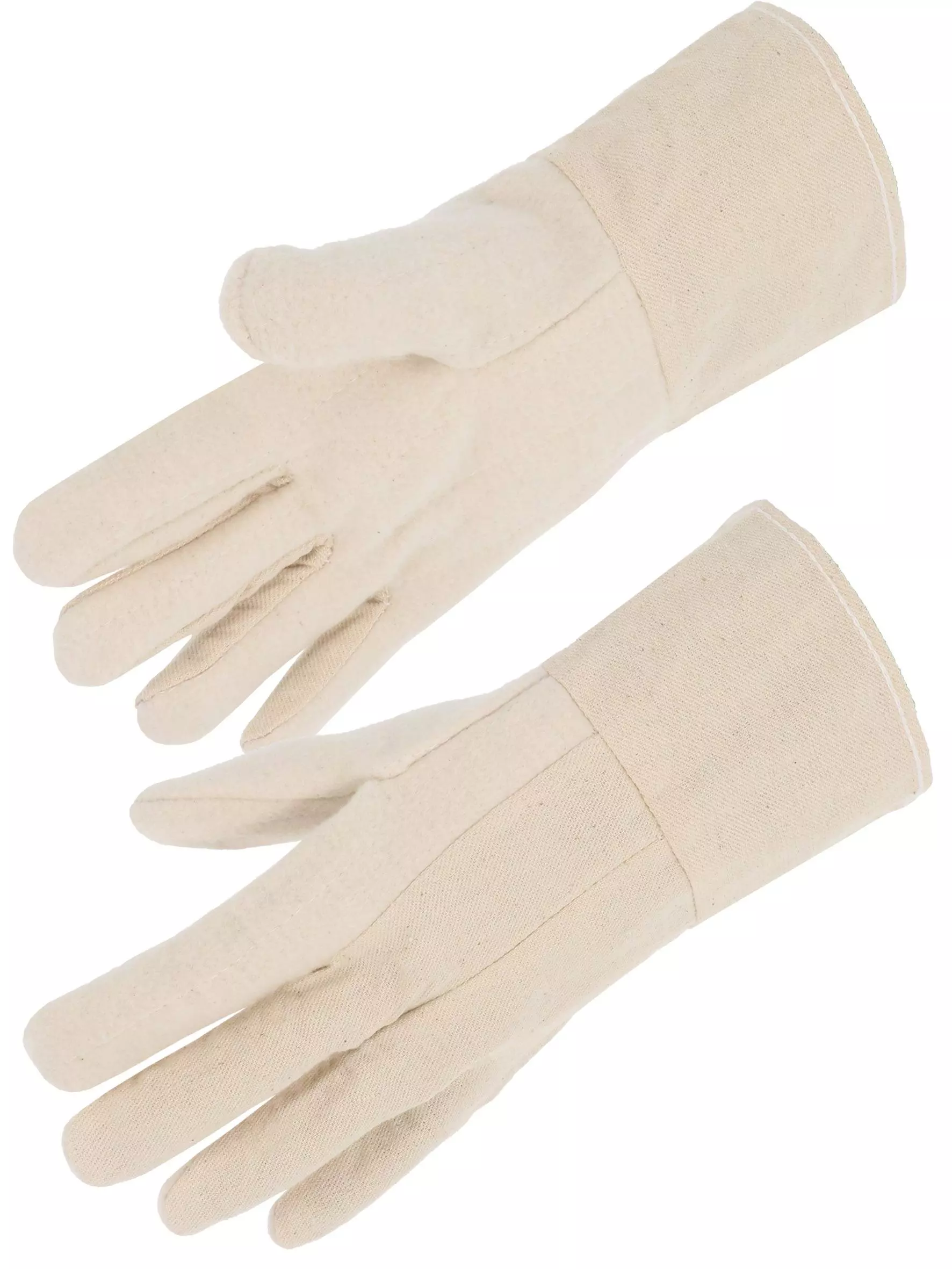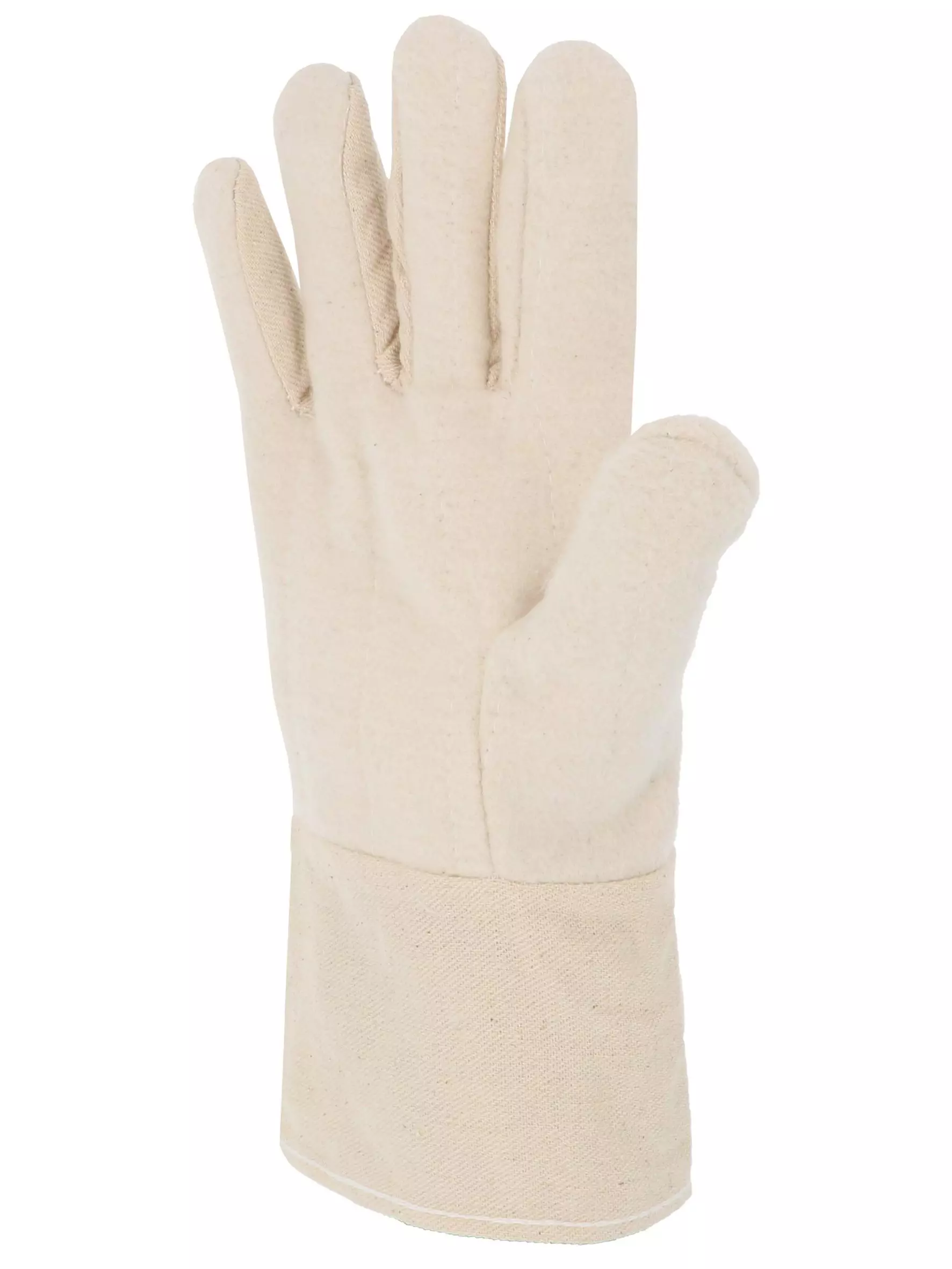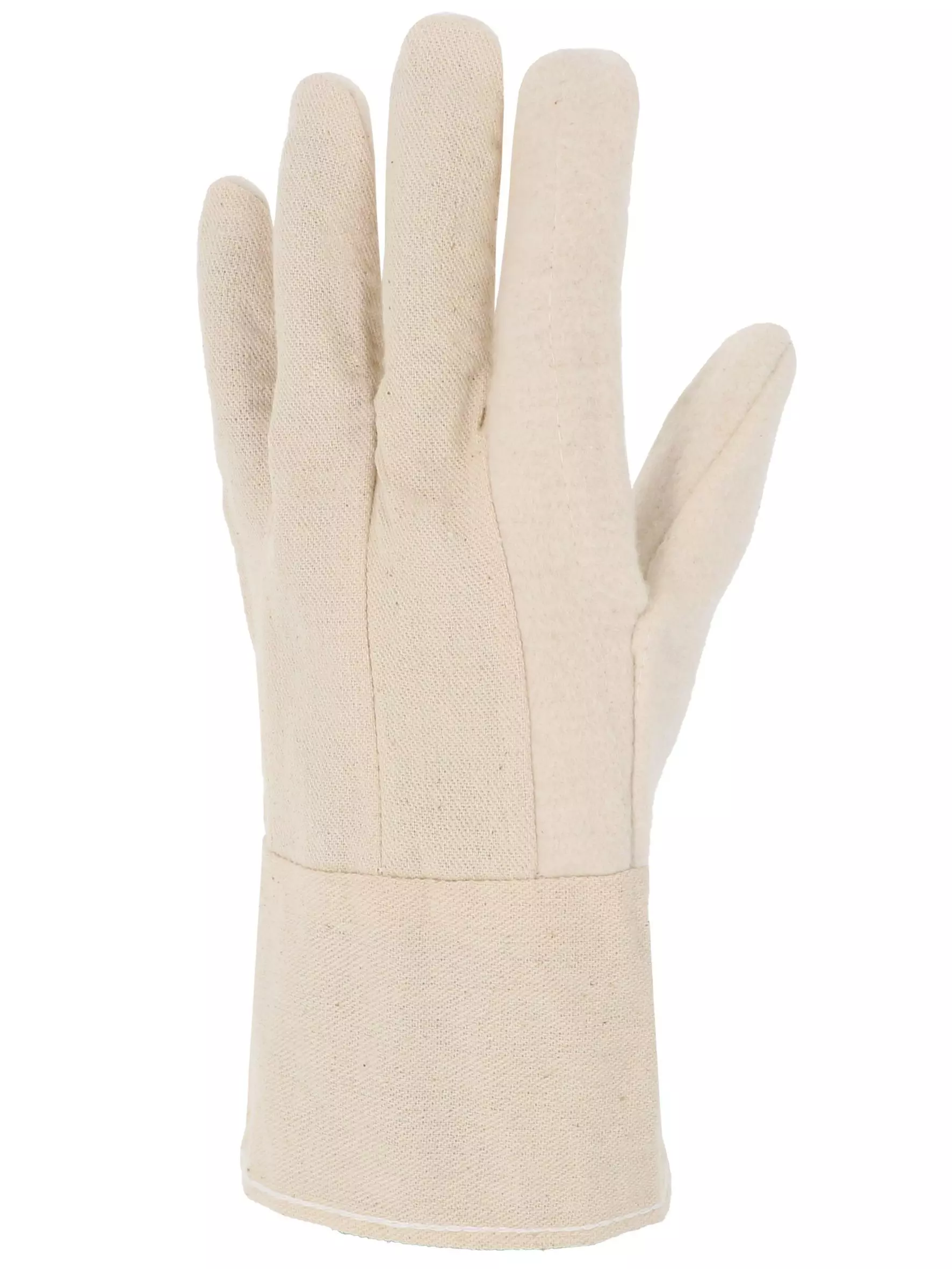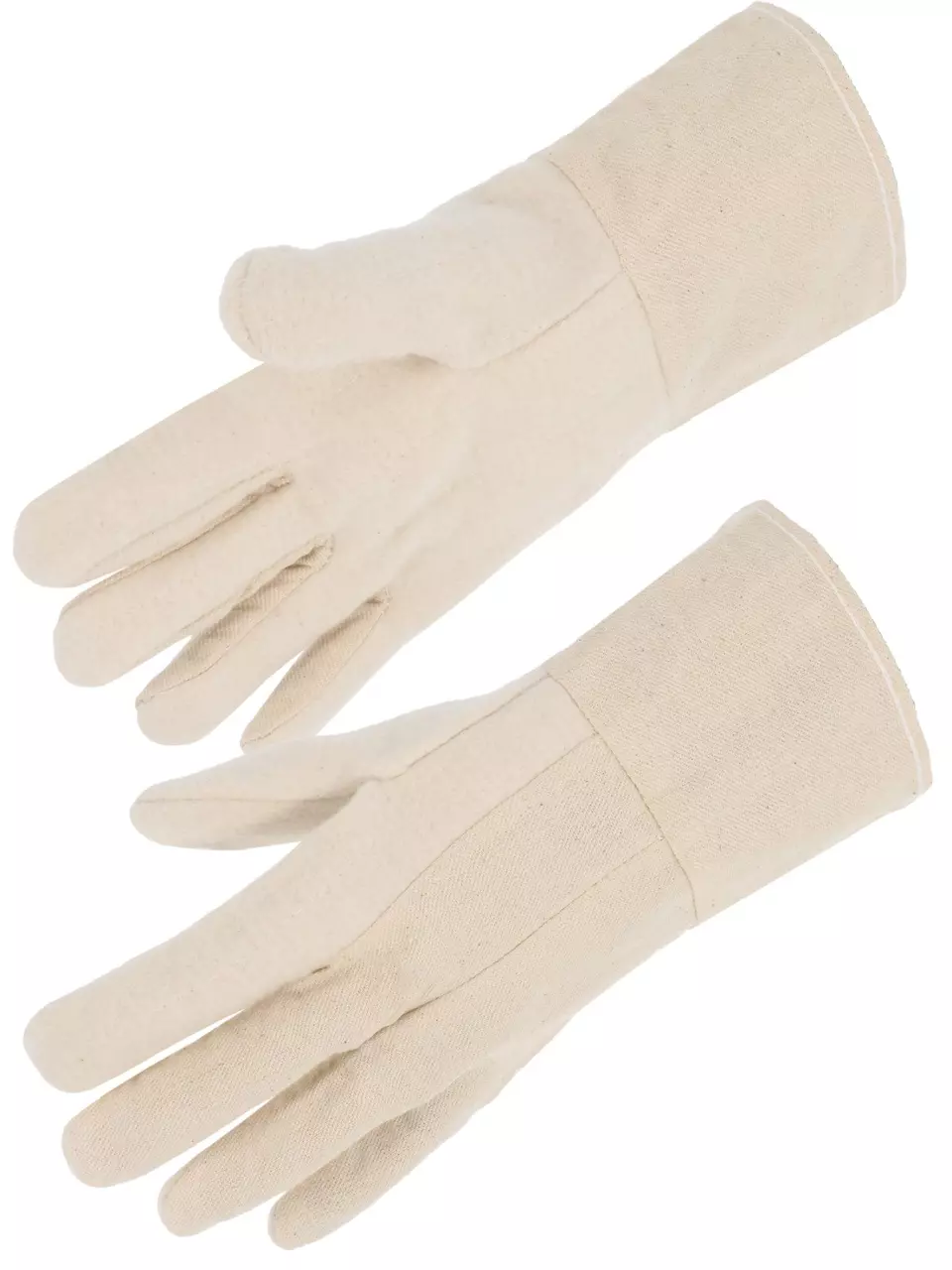


Features You'll Love

EN 388 · Puncture Resistance Level 2, Tear Resistance Level 1
EN 407 · Burning Behaviour Level X, Heat Convection Level X, Metal Splash Resistance Level X, Molten Metal Resistance Level X, Radiant Heat Level X
Withstands moderate force from sharp objects like heavy-duty splinters or wires.
Provides basic resistance against snagging or catching on rough surfaces, offering minimal protection from tearing.
This product has not been tested for its performance when exposed to an open flame. It is not rated for fire resistance and should not be used for protection against direct contact with flames.
This product was not tested for protection against convective heat, which is the transfer of heat through moving air, such as from a flame. Therefore, it has no claimed performance level for this specific thermal risk.
This product has not been tested for resistance against splashes of molten metal under the EN 407 standard. It does not offer rated protection for tasks where this is a risk, such as welding.
This product has not been tested for resistance against splashes of molten metal. It provides no claimed protection and should not be used for welding, foundry work, or other tasks with molten metal risks.
This product was not tested for protection against radiant heat, which is intense heat that can be felt from a distance. It does not claim to offer protection for tasks involving prolonged exposure to radiant heat sources.
Singer Safety
Cut/Heat Resistant Gloves, Size 10, 10 pairs
Cut/Heat Resistant Gloves, Size 10, 10 pairs
4.8 / 5
30,02 €
Price per 10 pairs
3,00 € / pair
Choose size
Shipping fee is 4,74 € for orders under 150,00 €
Features You'll Love

EN 388 · Puncture Resistance Level 2, Tear Resistance Level 1
EN 407 · Burning Behaviour Level X, Heat Convection Level X, Metal Splash Resistance Level X, Molten Metal Resistance Level X, Radiant Heat Level X
Withstands moderate force from sharp objects like heavy-duty splinters or wires.
Provides basic resistance against snagging or catching on rough surfaces, offering minimal protection from tearing.
This product has not been tested for its performance when exposed to an open flame. It is not rated for fire resistance and should not be used for protection against direct contact with flames.
This product was not tested for protection against convective heat, which is the transfer of heat through moving air, such as from a flame. Therefore, it has no claimed performance level for this specific thermal risk.
This product has not been tested for resistance against splashes of molten metal under the EN 407 standard. It does not offer rated protection for tasks where this is a risk, such as welding.
This product has not been tested for resistance against splashes of molten metal. It provides no claimed protection and should not be used for welding, foundry work, or other tasks with molten metal risks.
This product was not tested for protection against radiant heat, which is intense heat that can be felt from a distance. It does not claim to offer protection for tasks involving prolonged exposure to radiant heat sources.
Product description
These protective gloves feature a double-layer woven cotton construction designed for light industrial applications requiring heat protection. The brushed interior palm and index provide enhanced comfort while the double layer offers cut resistance and short-duration thermal insulation against moderate temperatures. With externally stitched seams and an 8 cm canvas safety cuff, these gloves deliver reliable protection for handling warm parts while maintaining dexterity.
Product Features:
- Woven cotton liner with double layer construction for added protection
- Brushed interior palm and index for improved comfort
- Cut/sewn manufacturing with external stitched seams
- 8 cm canvas safety cuff for forearm protection
- Uncoated design for maximum breathability and ventilation
Technical Details:
- Double layer cotton construction for thermal insulation
- Easy fitting and removal design
- Cut and heat resistant properties
- Manufactured under ISO 9001 quality standards
Standards:
- EN ISO 21420:2020 for general protective glove requirements
- EN 388:2016+A1:2018 (1112X) for mechanical risks protection
- EN 407:2020 (X1XXXX) for thermal risks protection
- Complies with European Regulation (EU) 2016/425 on PPE, Category II
EAN: 3660514042322, 3660514042339